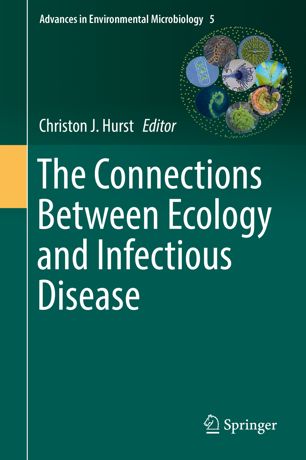

Most ebook files are in PDF format, so you can easily read them using various software such as Foxit Reader or directly on the Google Chrome browser.
Some ebook files are released by publishers in other formats such as .awz, .mobi, .epub, .fb2, etc. You may need to install specific software to read these formats on mobile/PC, such as Calibre.
Please read the tutorial at this link: https://ebookbell.com/faq
We offer FREE conversion to the popular formats you request; however, this may take some time. Therefore, right after payment, please email us, and we will try to provide the service as quickly as possible.
For some exceptional file formats or broken links (if any), please refrain from opening any disputes. Instead, email us first, and we will try to assist within a maximum of 6 hours.
EbookBell Team

4.8
104 reviewsThis book summarizes current advances in our understanding of how infectious disease represents an ecological interaction between a pathogenic microorganism and the host species in which that microbe causes illness.
The contributing authors explain that pathogenic microorganisms often also have broader ecological connections, which can include a natural environmental presence; possible transmission by vehicles such as air, water, and food; and interactions with other host species, including vectors for which the microbe either may or may not be pathogenic.
This field of science has been dubbed disease ecology, and the chapters that examine it have been grouped into three sections. The first section introduces both the role of biological community interactions and the impact of biodiversity on infectious disease. In turn, the second section considers those diseases directly affecting humans, with a focus on waterborne and foodborne illnesses, while also examining the critical aspect of microbial biofilms. Lastly, the third section presents the ecology of infectious diseases from the perspective of their impact on mammalian livestock and wildlife as well as on humans.
Given its breadth of coverage, the volume offers a valuable resource for microbial ecologists and biomedical scientists alike.